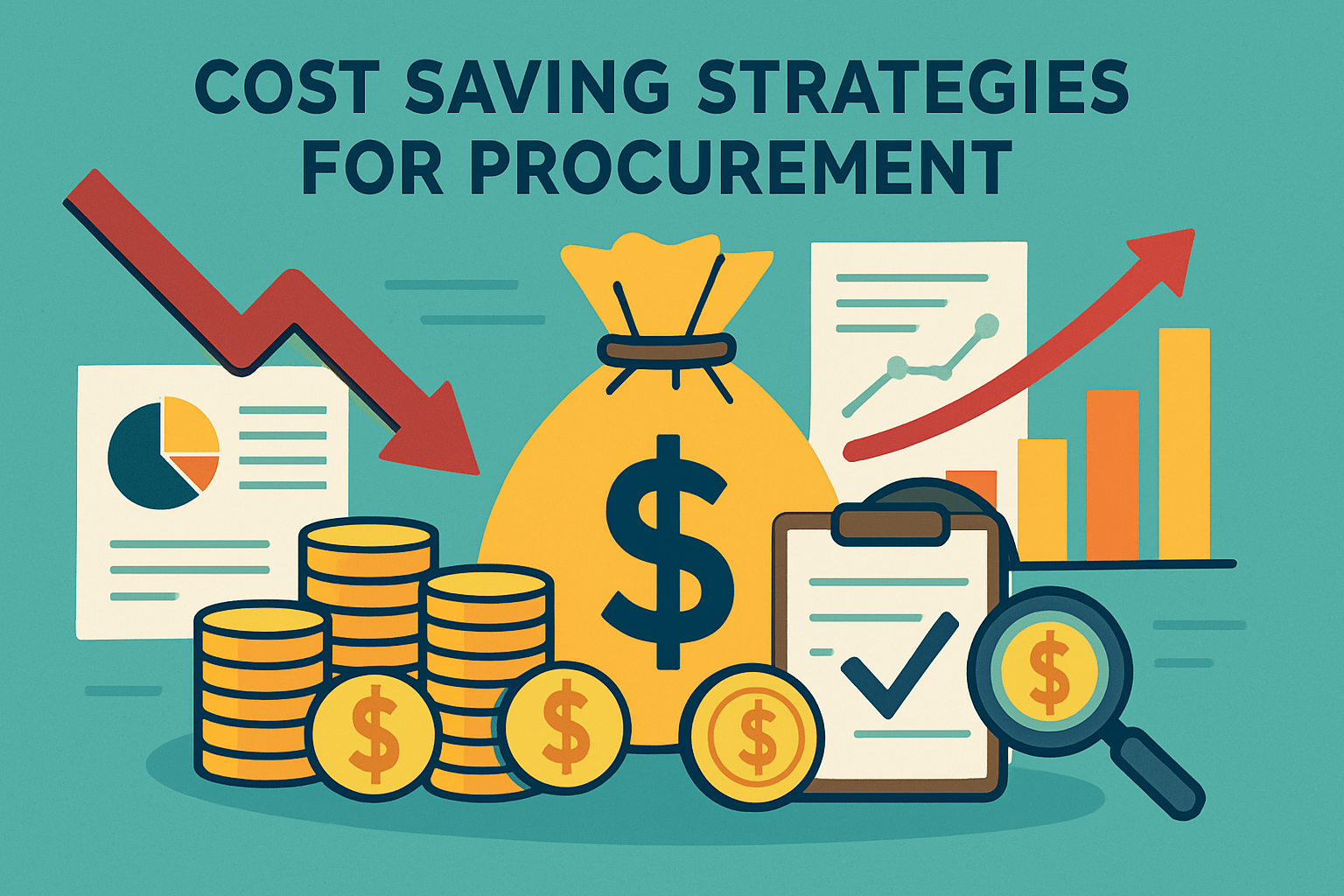How Procurement Can Better Communicate Its Business Value

To truly unlock the value of procurement, CPOs must transcend traditional boundaries and align closely with their counterparts in the C-suite, particularly the CFO, impressing upon them the need to invest in AI-powered digital platforms to drive new efficiencies and cost savings.
However, the challenge lies in securing the necessary funding to implement these technologies, particularly when the benefits of procurement’s initiatives are often realized in other departments’ budgets.
In conversation with Eric Shaver, Managing Partner at Kinsei Partners, on the latest Spend Sessions podcast, I discussed how procurement leaders can obtain the funds they need to invest in game-changing digital technology by better communicating the value that sourcing teams bring to the business.
1. Speak the CFO’s LanguageCPOs face the daunting task of convincing CFOs to allocate funds for procurement technologies that will yield savings across the organization. Eric emphasizes that this conversation needs to shift from a budget request to a strategic discussion about enterprise-wide value. CFOs are focused on optimizing operating cash flow, free cash flow, and ultimately, shareholder value. Therefore, CPOs must frame their technology investments not as procurement tools, but as operational assets that will drive margin improvement and enhance the company’s financial performance.
2. Build a Compelling Business CaseA critical step for CPOs is to construct a robust business case that resonates with the CFO’s priorities. This involves demonstrating how procurement technology can optimize key financial metrics, such as EBITDA margin and working capital. For example, by reducing indirect spend, CPOs can have a direct impact on SG&A expenses, which in turn improves EBITDA. Similarly, effective procurement strategies can shorten the cash conversion cycle, freeing up capital that can be reinvested in the business.
Eric suggests that CPOs should leverage financial modeling to highlight the projected impact of these technologies on the company’s bottom line. It’s not enough to be conservative—CPOs must present the most accurate and comprehensive case possible, including all potential savings and efficiencies. In doing so, they demonstrate that their initiatives are not just cost centers but are strategic investments that contribute to the company’s overall financial health.
3. Embrace the Role of AI in ProcurementArtificial Intelligence (AI) is a game-changer in the procurement space, offering unprecedented opportunities to optimize sourcing, improve supplier negotiations, and streamline processes. Eric describes AI as a “force multiplier,” capable of dramatically increasing efficiency and decision-making speed. However, the key to successfully integrating AI into procurement lies in convincing the CFO of its value.
AI’s potential to enhance procurement is significant, but it requires upfront investment. Here again, the CPO must make a compelling case to the CFO, showing how AI can drive enterprise-wide benefits. Whether it’s through improved supplier management, enhanced demand forecasting, or automated workflows, AI can help procurement teams deliver measurable financial results.
4. Position Procurement as a Strategic Asset
One of the biggest challenges CPOs face is overcoming the perception that procurement technology is a non-essential expense. As Eric points out, procurement is often mislabeled as a back-office function, when in reality, it has the potential to influence every aspect of the business. By positioning procurement technology as an operational asset rather than a procurement tool, CPOs can shift the conversation from cost to value creation.
This repositioning is crucial in the current economic climate, where rising interest rates and the cost of capital are squeezing margins. CPOs who can demonstrate how their initiatives will optimize free cash flow and improve return on invested capital will find it easier to secure the necessary funding.
Final Thoughts: The Path Forward
For CPOs, the path to success lies in deepening their financial fluency and aligning their goals with those of the CFO and the broader C-suite. By presenting procurement initiatives as strategic investments that drive enterprise-wide value, CPOs can secure the funding they need to implement the digital tools that will transform their function.
Eric’s advice is clear: don’t shy away from the financials. Understand how your initiatives impact the company’s key metrics, build a strong business case, and position procurement as a strategic asset that drives shareholder value. In doing so, CPOs can not only secure the funding they need but also elevate their role within the organization, becoming true partners in driving business success.
Click here



